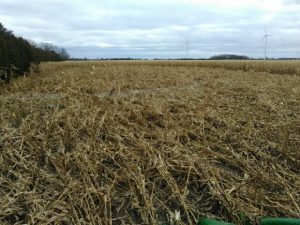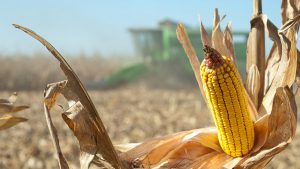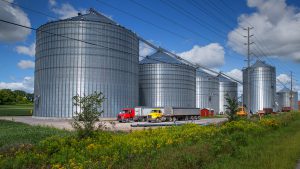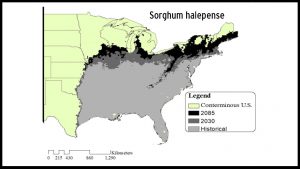The rules of the road
ENSURE SAFETY AT HARVEST
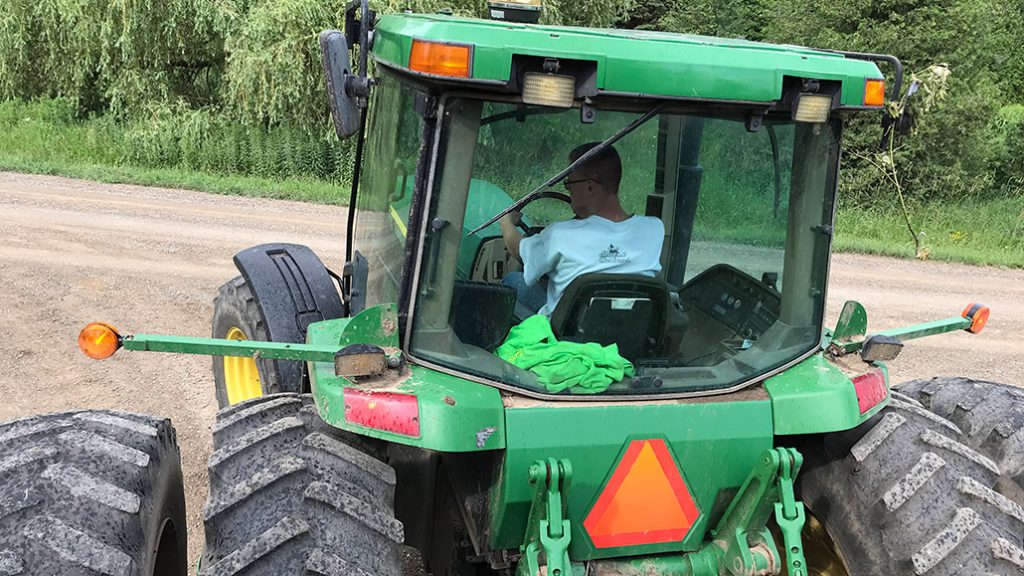
WITH HARVEST SEASON getting into full swing, it’s important for farmers to understand what the rules of the road are, and how to keep themselves, their employees, and their children safe.
During the fall, the pressures of getting the job done sometimes means farmers enlist younger members of the family or neighbours to help with the combining. Sometimes, that means moving equipment from field to field. But in Ontario — and in most provinces — letting underaged kids drive on the roadway is against the law.
“You don’t need a driver’s license to drive a tractor or a self-propelled implement of husbandry on any road in Ontario, but you do have to be 16 years old or older,” says Laura Lee Brown, a sergeant in the Ontario Provincial Police and community services co-ordinator in the province’s Western Region.
“The only exception for those younger than 16 is if they’re driving directly across the road — to another field, for example,” she says, referring to the Highway Traffic Act.
Anyone caught contravening the law could receive a summons to appear in court, and the fine, if convicted, is “not less than $60 and not more than $1,000” according to Bob Nichols, senior media liaison officer at the Ontario Ministry of Transportation.
Brown adds that the age of 16 threshold is consistent with the law for any type of vehicle on the road, including ATVs, snowmobiles, and commercial motor vehicles.
“It’s also worth noting that anyone charged and convicted with impaired driving cannot drive any vehicle — including farm equipment — on a public road.”
ON THE FARM
There are no age restrictions for operating farm equipment on private property, but there are a few factors that should be kept in mind.
“Parents or farm managers are the best people to make sure the kids are able to operate the equipment properly,” says Rob Gobeil, the agricultural health and safety specialist at the Canadian Agricultural Safety Association (CASA). “Kids mature at different rates — some are more ready than others.”
Gobeil advises that they need to be physically large enough to reach all the controls, and strong enough to work them. They also need to be cognitively prepared and aware of their surroundings — for example, of overhead wires or ditches that could cause accidents.
“We can’t put the responsibility on the children,” he says. “The adult person giving the directions has to be responsible.”
SAFETY
“It’s fair to say that children under 16 are helping out on the farm, and that makes sense,” says Brown. “But on the road, these are the rules we’ve all agreed on as a society.”
Gobeil agrees, and points out that the rules have been put in place not to make life difficult, but to keep people safe.
Ultimately, besides being of the legal age, a person running the vehicle has to have the knowledge, ability, and judgement to handle situations that come up — whether it’s heavy traffic, impatient car drivers, or unexpected equipment failures.
In the case of a serious collision that involves the injury or death of another person, Brown says you can assume that charges will likely be laid.
“The most important thing is common sense — and making sure we get to where we’re going safely,” Brown says. “We all get tunnel vision because we are busy, but we have to remember that there are many other people using the roadways — cyclists, children, animals, and any number of other things.”
BE PROACTIVE
Gobeil says that training to safely use farm equipment is available from most dealerships and from provincial farm safety associations. CASA has many resources on its website, including the Canada FarmSafe Plan, and supports safety days, aimed at providing farm safety education to rural Canadian youth.
“Best practices are to have a safety program for your farm operation,” he says. “Make sure that anyone operating equipment has a level of competency to do the job.”
He says documenting that competency will be crucial if the operator does have an accident on the road, and winds up
in court.
“As an employer, you have to be able to prove that you’ve done what’s reasonable to ensure safety,” he says.
Gobeil adds that, from a safety perspective, children should never ride along on tractors or farm equipment, unless they’re being trained to drive the vehicle and are secured with a seatbelt in a training seat.
SAFE HARVEST FOR ALL
• Take five minutes to stop, think about potential hazards, and then proceed with the task.
• Take micro-breaks to fend off fatigue.
• Make sure your equipment is well-maintained and has all relevant safety features.
• Turn equipment completely off before making repairs or adjustments.
• Don’t wear baggy clothes or jewelry around running machinery.
• Don’t leave running equipment unattended.
• Design flaws, misuse/misapplication, and improper maintenance of agricultural equipment are key factors contributing to injuries.
• BeGrainSafe is a program led by CASA to educate farmers and firefighters about preventing and responding to grain entrapment.
• An average of five children die on Canadian farms each year; machine run overs account for 30% of these deaths.
• Visit the Canadian Agricultural Safety Association website for more safety tips: www.casa-acsa.ca/en/canadian-agricultural-safety-association/








